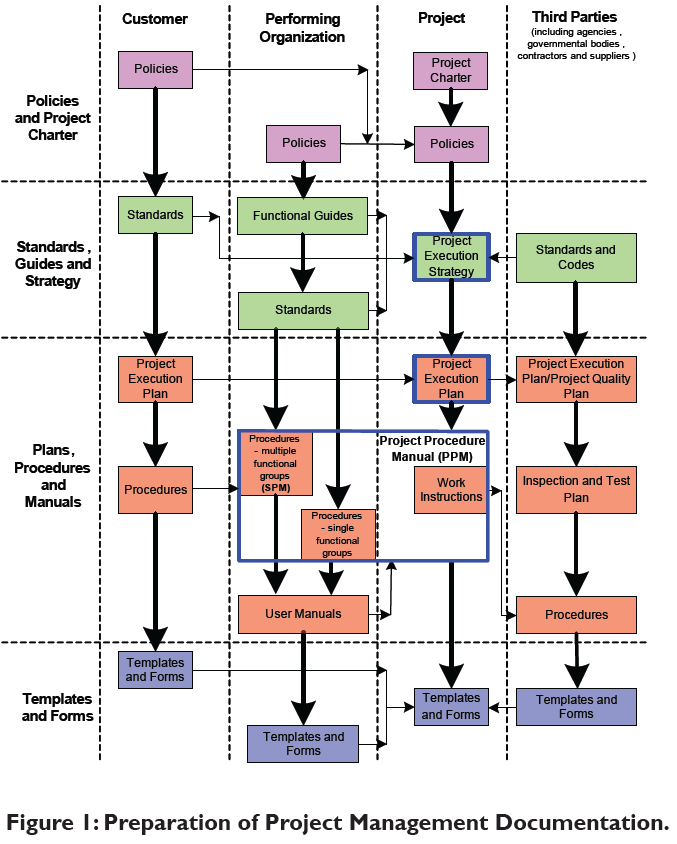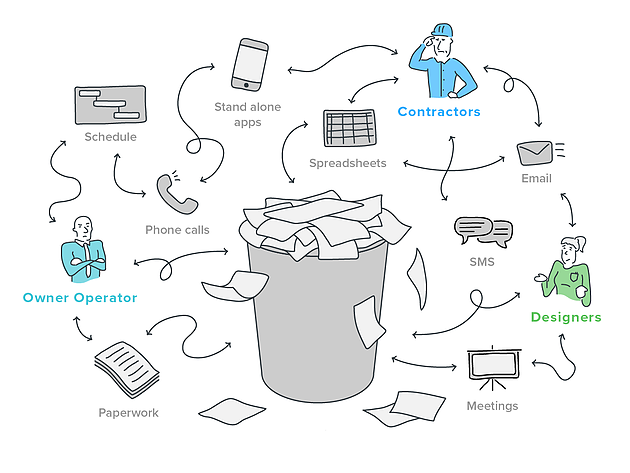Optimizing Project Cooperation: Designer's Best Practices in Building And Construction Paper Management
In the intricate world of building projects, the efficient management of building documents stands as a keystone for success. Architects, with their thorough interest to information and innovative layout services, are entrusted with orchestrating a harmony of sources, stakeholders, and timelines. Amidst this intricacy exists an essential concern: just how can engineers improve partnership procedures to enhance project results? By discovering key techniques such as leveraging cloud-based systems, developing robust communication procedures, and making certain information safety, engineers can boost their document administration methods to brand-new elevations.
Leveraging Cloud-Based Platforms
By transitioning from standard paper-based systems to shadow remedies, engineers can simplify partnership, enhance file ease of access, and improve overall task effectiveness. This access promotes seamless interaction and sychronisation among project stakeholders, leading to less mistakes and delays in the building and construction process.
Moreover, cloud-based systems offer a safe and secure atmosphere for saving sensitive task information, supplying encryption, normal backups, and individual permission setups to protect information integrity. Designers can also benefit from the scalability of cloud remedies, enabling them to readjust storage capability and functionality based on task requirements. Generally, leveraging cloud-based systems empowers engineers to optimize their building record administration processes, driving better cooperation, effectiveness, and success in their projects.
Implementing Variation Control Equipment
Having actually established the benefits of cloud-based systems in building and construction document administration, engineers can currently boost their document control processes by carrying out Variation Control Equipment. Variation Control Systems (VCS) are necessary devices that track adjustments in documents, guaranteeing that employee are constantly dealing with the most recent and most precise details. By implementing VCS, architects can maintain a centralized repository where all project files are stored, allowing seamless partnership while lessening the danger of mistakes and version disputes.
One trick benefit of Variation Control Equipment is the capacity to track the full background of paper modifications, enabling individuals to go back to previous variations if needed (construction document management). This feature is particularly important in building jobs where style iterations and modifications are common. VCS facilitates far better interaction among team participants by providing a clear audit route of that made particular changes and when they were made. This openness not just boosts responsibility however also aids in solving disagreements or inconsistencies that may arise throughout the job lifecycle.
Establishing Interaction Methods
To guarantee effective and efficient job sychronisation, designers need to develop clear and durable interaction procedures within their building and construction document management processes. This platform could be a job monitoring software program, email strings, or cloud-based storage space solutions.
Furthermore, communication protocols ought to additionally include guidelines on exactly how to take care of problems, change orders, and urgent issues that might develop throughout the job lifecycle. Developing an organized method to interaction makes sure that all stakeholders get on the exact same page, promotes transparency, and inevitably adds to the effective conclusion of the building and construction task.
Making Use Of BIM Software Application for Sychronisation
BIM software application plays an essential function in improving coordination among task employee in the building market. Building Information Modeling (BIM) helps with collaboration by offering a centralized platform where engineers, designers, service providers, and other stakeholders can collaborate in a worked with manner. Via BIM software application, task individuals can access and update a common model which contains comprehensive information regarding the structure style, construction elements, and task routines.

Furthermore, BIM software application allows real-time collaboration and interaction among staff member, no matter their physical area. With cloud-based BIM platforms, job stakeholders can access the most recent job information, track adjustments, and make notified choices immediately. Overall, leveraging BIM software program for sychronisation boosts job performance, efficiency, and ultimately causes successful job end results.
Ensuring Data Security and Conformity
In the world of building document administration, guarding data honesty and guaranteeing governing compliance are vital considerations for designers and various other project stakeholders. Designers read the full info here have to execute durable security procedures to protect sensitive task information from unapproved accessibility or breaches. Making use of secure cloud storage options with encryption procedures and accessibility controls can help alleviate risks related to information theft or loss. Regularly updating software application and systems, conducting safety audits, and giving staff training on data protection best methods are crucial steps in preserving a safe setting for building record management.

Verdict
To conclude, engineers can optimize job collaboration in building record administration by leveraging cloud-based systems, executing variation control systems, establishing interaction methods, utilizing BIM software program visit here for coordination, and making sure information security and compliance. These ideal practices assist simplify the construction procedure, boost communication amongst task stakeholders, and improve performance in project shipment. By adhering to these guidelines, engineers can effectively manage building records and help with effective task results.
Via BIM software program, project participants can access and upgrade a common version that includes thorough information regarding the structure design, building elements, and task timetables.
Through cloud-based BIM platforms, job stakeholders can access the most current job info, track modifications, and make educated choices without delay - construction document management. Overall, leveraging BIM software for sychronisation improves job effectiveness, efficiency, and eventually leads to successful task outcomes
In conclusion, engineers can maximize task cooperation in building and construction document management by leveraging cloud-based platforms, implementing version control systems, developing interaction procedures, making use of BIM software program for control, and making certain information security and conformity. These ideal techniques aid improve the construction process, improve communication among project stakeholders, and enhance efficiency in project distribution.